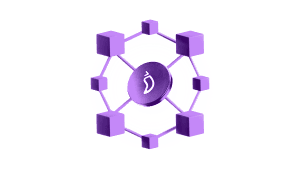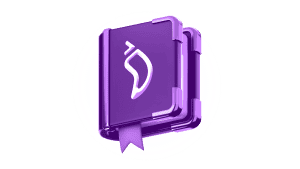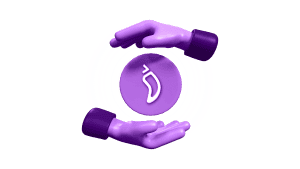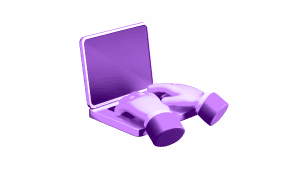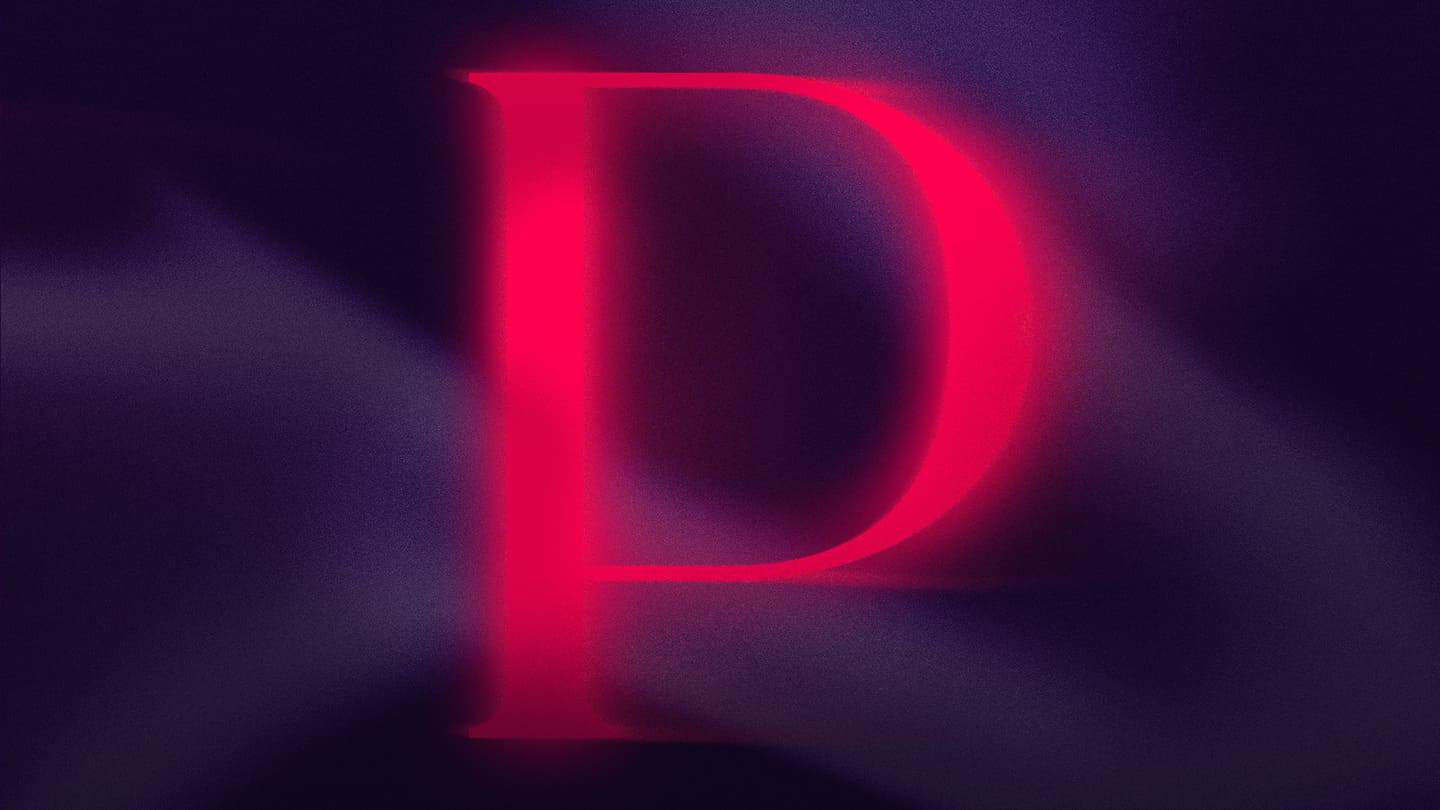Proof Of Authority (PoA) is a consensus mechanism used in the blockchain that embraces the democratisation of cryptocurrency, using permission networks to establish new blocks.
It is different to other agreement protocols propagated by Proof of Work (PoW) or Proof of Stake (PoS), for example. That’s because it doesn’t require extensive energy output from computer processing or stake tokens from Proof Of Stake. The identity and the reputation of the validators is on the line, which forms the basis for this type of consensus mechanism.
What Are Five Things You Should Know About PoA
- Pre-Approval Exists: All validators as part of a PoA are pre-approved – often well-known entities that must protect their reputation.
- Identity and Reputation Matters: The identity of the validator is usually public and known, which helps to ensure accountability.
- Expect High Throughput and Low Latency: The consensus process can be faster than PoW or PoS because high transaction throughput and low block confirmation times are more important than decentralization.
- Energy Efficiency Is The Order Of The Day: PoA does not require the energy-intensive computational processes found in PoW, making it more energy-efficient and less environmentally taxing.
- It Is Popular In Enterprise or Private Blockchain Networks: Banks and supply chain management are some examples where it is consistently used.
How Does Proof Of Authority Differ From Proof Of Stake (PoS) and Proof Of Work (PoW)?
While these are all consensus mechanisms Proof of Authority (PoA), Proof of Stake (PoS), and Proof of Work (PoW) all operate on fundamentally different principles.
Here’s how the consensus mechanisms differ:
PoW: It requires participants (called “miners”) to solve complex mathematical problems (often called a cryptographic puzzle) to add a new block to the blockchain. The first miner to solve the problem gets the right to add the block and is rewarded with newly minted cryptocurrency (e.g., Bitcoin). The difficulty of the puzzle adjusts to ensure that blocks are mined at a consistent rate (e.g., every 10 minutes on Bitcoin’s network).
PoS: It selects validators (or “forgers”) based on the amount of cryptocurrency they hold and are willing to “stake” as collateral. Validators are chosen to create new blocks and validate transactions based on their stake in the network. The larger the stake, the higher the chance of being selected to validate the next block.
What Is The Future Of Proof Of Authority?
There are several questions around PoA.
Will it become the mainstay consensus mechanism?
The simple answer is yes. The biggest appeal to PoA work is that it requires much less energy to process transactions than PoS and PoW options. Energy consumption continues to be the hot-ticket issue for many cryptocurrency miners.
What industries will use it to grow?
Notable platforms using PoA are VeChain, Bitgert, Palm Network and Xodex, but in real-world usage, supply chain industries benefit most from PoA. That’s because of the ability to scale vertically at a rapid pace.
Why are there concerns about censorship in the public network when PoA is used?
In PoA, validators are typically pre-selected or approved by a central authority or a small group of trusted entities, rather than being chosen based on open competition like in Proof of Work (PoW) or Proof of Stake (PoS). This means that if a small number of entities control the validator set, they have significant power over the network’s operations. If any of these entities have a vested interest in censoring transactions, they could potentially block or delay transactions, especially if they are related to controversial or politically sensitive content.


